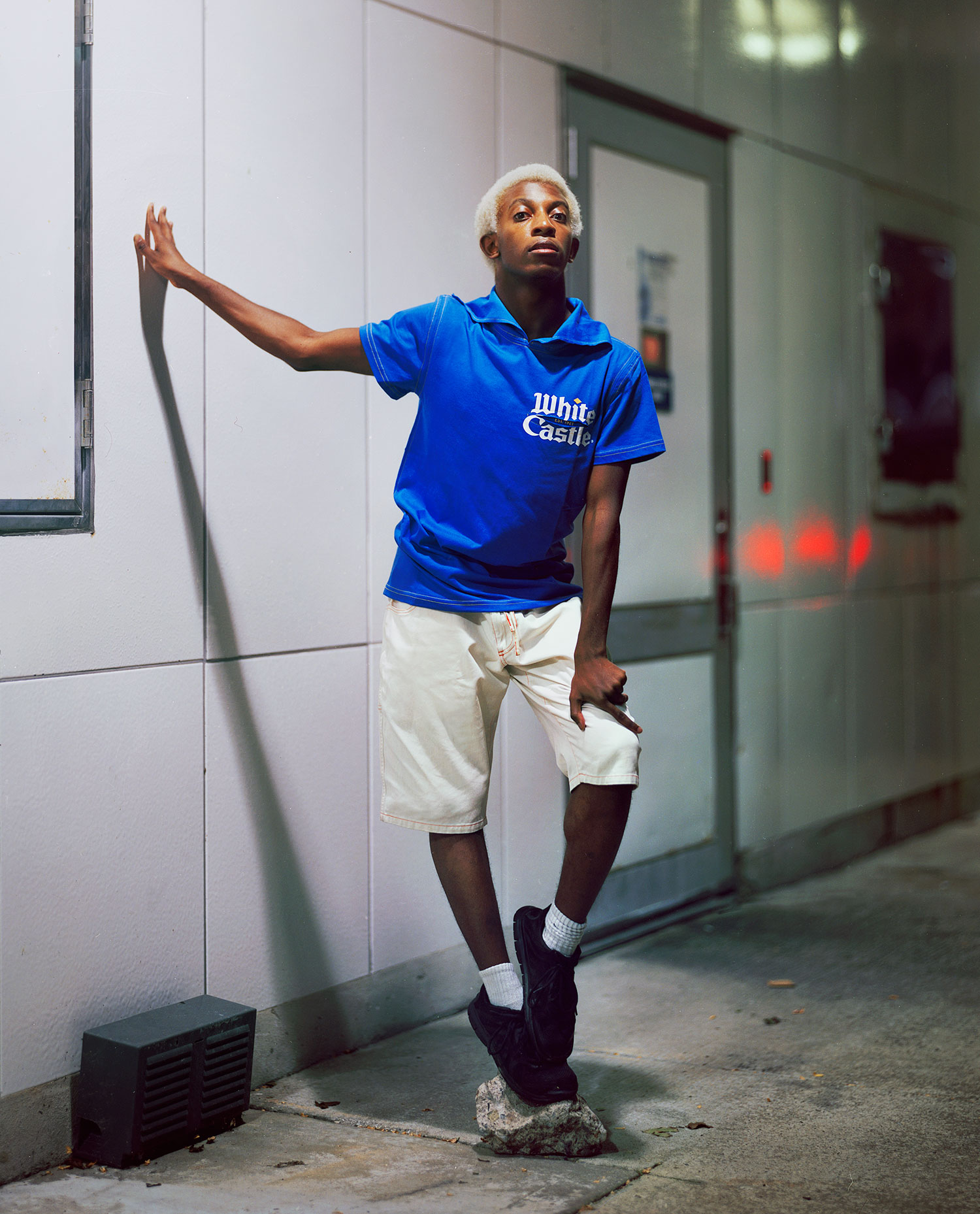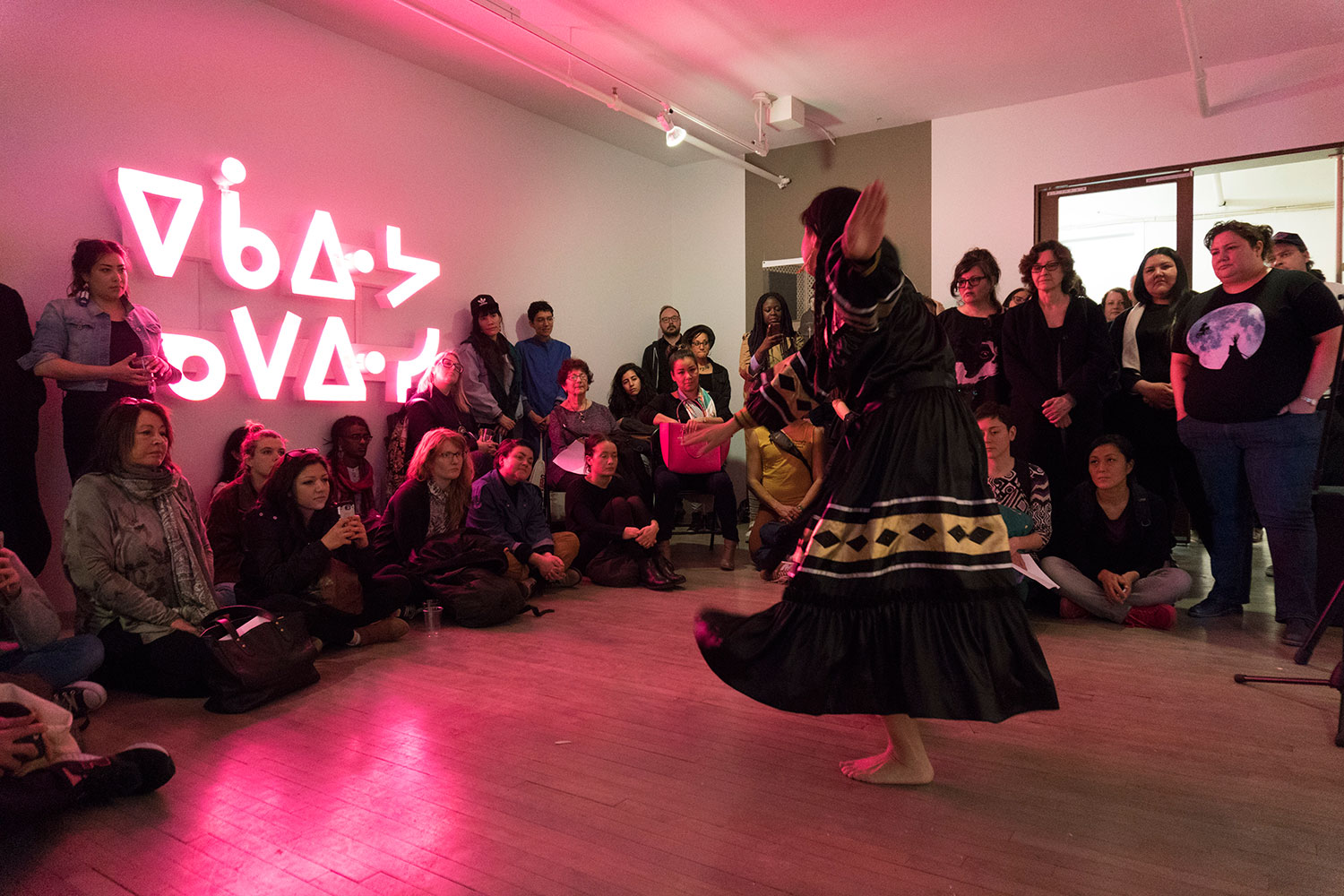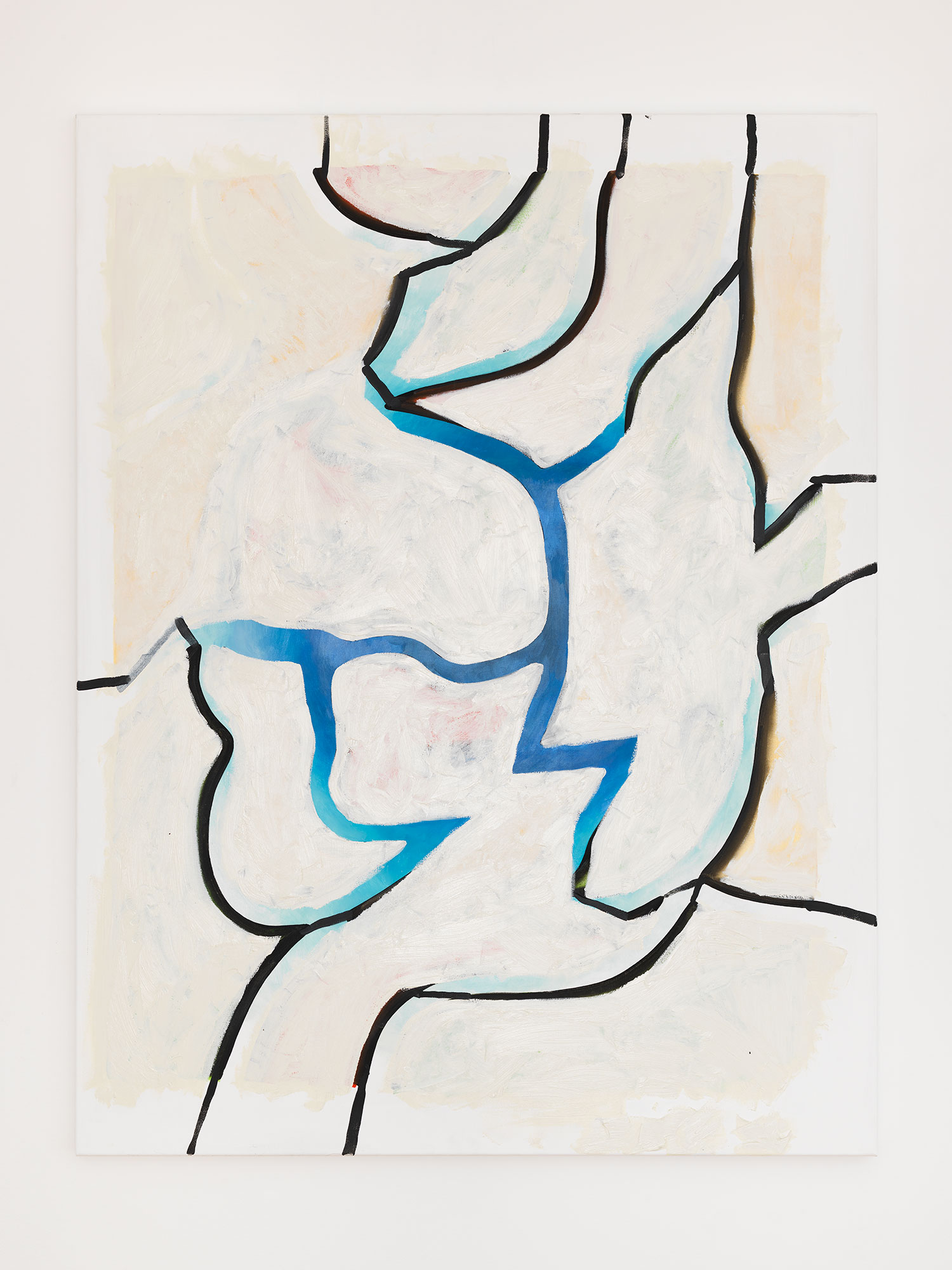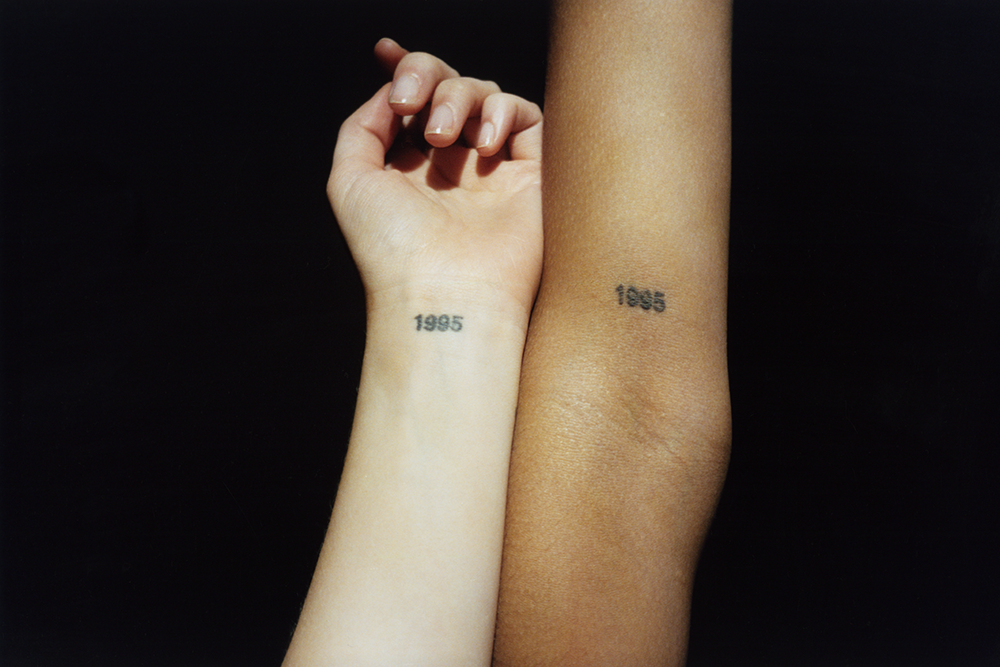
One World
Charles left Paris when he was eight. It was in the late 1990s. He was moving to a charmless small town on the banks of the Loire, and one of his last memories of that time was a visit to colette, the boutique, led by hand by his mother. In many respects, and like a diehard in relation to the times, colette encapsulated the Y2K spirit. It did this from Paris, a bourgeois and peripheral capital, by streaking the sky and time zones in order to bring together in a still-modest place the basic principles for future twenty-first-century dabblers. Born in March 1997 on the corner of 213 Rue Saint-Honoré, colette was created by mother Colette Rousseaux, her daughter Sarah Andelman and artistic director Milan Vukmirovic[i] after a discussion in the Argentinian restaurant Anahi, a mecca of Paris fashion in the 1990s, when John Galliano was still “persona grata.” As a sophisticated luxury concept store with an eternal lowercase, colette is a boutique and not a shop, because one of the aspects of its success is indeed that of happy globalization. More precisely, this would be embodied as an exact negative of the concept of “glocalization”: a huddled world stretching from JFK to HKG by way of CDG, in dazzling displays of bright colors. Every decade begins before it becomes official, and if the fall of the Berlin Wall supposedly toppled the 1990s into 1989, colette ushered in the 2000s in 1997. It will close its door two decades later, in December 2017, at the apex of the digital shopping it helped foster — a kingdom that is now being ruled by the Joerg-Koch-content-infused SSENSE platform, on one side, and the battle between Amazon and Alibaba on the other.
colette’s singular atmosphere was born of an encounter between strips of laboratory-like aluminum shelves and the reassuring spring odor of fig leafs. The emblematic scent of the boutique, “l’air de colette,” tropical cousin of the air de Paris, has long been the home fragrance of the “creative class” arrayed not far from the stack of Monocle travel guides. A creative class that at first had represented its primary target, a client evangelized by Richard Florida, darling of the dot-com boom and a gadabout flaneur with an odious carbon footprint. At the pinnacle of the metropolitan experience, our customer devoured the precise to excrete the general, and undermined the solidity of boundaries (at least the one contained between the doors of airports boasting a business lounge). His existence has been drawn by architect Michael Webb using the Sin Centre (1962) as a model. Also known as the Entertainment Palace, the project of the Archigram founding member was a continuous loop that held his visitor in an amniotic spiral of pleasures from shopping to bowling. While the Sin Centre was never realized as a stand-alone building, the worldwide continuous stream of bodies made possible by Skyteam propelled the customers into a Sisyphean stream where Corso Como 10, Dover Street Market, Opening Ceremony and colette all crossed paths at regular intervals. In a decade focused on the idea of volatility, there are swarms of metaphors for lightness. From ozone to bubbles and other elementary particles, the kinetic elite focused on the world through a porthole. The idea of environment was at its zenith. After art, it was creative people. Aphrodisiac perfume, market study on luminotherapy, buying mood, playlist, everything, down to the last detail, was fine-tuned. To begin to single out the outlines of this pure object of the 2000s, one might make mention of the exhibition “Damaged Goods” (1986), organized by Brian Wallis at the New Museum, New York, which dealt with libidinous economy. With Judith Barry realizing the overall installation design, it comprised a handful of post-Pictures Generation artists, such as Barbara Bloom, Ken Lum and Haim Steinbach, all reflecting on the advent of the hyper-fetishization of consumption. From simulation to reality, from museum to shopping and vice versa. Not recommended for scopophiles, getting their kicks from looking at sexual images, colette entered the 2000s with a haircut from the roaring twenties.

Art + Commerce
Back in 1994, in “L’Hiver de l’amour” (ARC – Musée d’art Modern de la Ville de Paris, 1994), five leading lights in the art world — Elein Fleiss, Dominique Gonzalez-Foerster, Bernard Joisten, Jean-Luc Vilmouth and Olivier Zahm — tried to exhibit the “now,” the “here and there” of the decade and its “climate.” A stormy climate, witness to the collapse of deconstructed styles and Steven Parrino–like junk aesthetics, big “polystyrene chill” and icy passages in which Icarus burns his wings (the airportization of the world) in front of Felix Gonzalez-Torres’s perfectly transfixed clocks.[i] A cumulus-exhibition, forward-looking and meteorological, which, according to the notes, was layered, fragmentary, disorderly, resistant and concupiscent, advocating the decompartmentalization of genres, the reticular, the rhizomatic and the de-territorialized. All these terms are borrowed from the libraries of those particular years. They are the conditions of discourse that permit the arrival of such an object. It is no coincidence that colette’s Andelman was briefly a trainee at the Purple Institute in 1996, an agency and magazine that had been the mouthpiece of that ideological cloud. At that time, she may have picked up a liking for the acceleration so typical of her day and age. colette is time speeding up, over-accelerating. The mercantilism and the reign of Entertainment of the 1980s were followed by the erotica of carbon, of the slippery surface, and above all the time of the absolute window display, ultimate symbol of the concept store. The high point of that display conceit would find fascinating incarnations in the work of Bret Easton Ellis, in his logorrheic flood of names and brands, recalling that epileptic state in which the green images of the first Gulf War (see Thomas Ruff’s Natch, 1991) merge with a flood of paparazzi images culminating in the spectacular shaven head of Britney Spears, Blackout period, in a hair salon in Tarzana, Los Angeles. The aesthetics of colette is the disorderly and bumpy realm of the time of equivalence, of the cafeteria, of the incomplete completion (from bottle opener to USB key), the shift from prose to fashion, which is not without conflict but is invisible. colette, to twist Baudelaire’s famous words, would be that place where everything is simply “order and beauty, luxury, peace and pleasure,”[ii] but digested by the metaphysics of the day (postmodernism), a child king of the age of perestroika passed through the sieve of French Theory. colette is also a distant goddaughter of the Biba shop, star venue of swinging London.
In 1972, Jean-Jacques Schuhl, a memorialist with a soft spot for vintage champagne and a connoisseur of the Krushchev era, described the quest for a faded color in the corridors of Biba, which had been opened a few years earlier by Barbara Hulanicki, on Kensington High Street. It was a description from Rose poussière (Paris: Gallimard, 1972), in which the reader is guided through a hazy hue popular among a few night owls, in pride of place in the middle of that shop with its apothecary look and its windows constantly hidden behind curtains. Barbara Hulanicki invited everybody who was anybody among London’s beautiful people to Biba’s Rainbow Restaurant, on the fifth floor. This multifunctional logic, based on experience, with its mix of fashion boutique, furnishings, restaurant, supermarket (where you could buy Campbell’s Soup), bourgeois courtyard, and toilets complete with lines of cocaine would, in a way, be a fin de siècle colette, a nineteenth-century bazaar somewhere between Mario Praz and Girodet. Conversely, the project which came into being in 1997 would turn its display window into a special interface, a democratic trick of illusion, a direct ballot provided with a glass ceiling, something like Carsten Höller’s Sliding Doors (2003) languidly filmed as a tracking shot by the Olivier Assayas who made Boarding Gate (2007).
By linking up dance classes, the sale of sweets, street wear and self-service shot by Mark Borthwick, colette would also be the paragon of the relational aesthetics so dear to the French scene of the 1990s. A sort of “Atelier du Paradise” (the 1990 Pierre Joseph, Philippe Parreno and Philippe Perrin exhibition at Air de Paris, Nice) for spellbound consumers, combining the combinatory genius of Haim Steinbach with the active touting of Ron Arad’s furniture. An uninterrupted “Traffic” (organized by Nicolas Bourriaud at CAPC, Bordeaux, in 1996) of frivolous commodities for extremely modern times, an empire of the ephemeral inviting the frustrated Situationists and Henri Lefebvre’s gravediggers into the organized mazes of a temple erected by Willy Wonka. If Allen Ruppersberg’s Al’s Bar (1969) and Gordon Matta-Clark’s Food restaurant (1971) gave rise to social situations around dramatized feasts, the 2000s preferred to imitate shopping. With The Wrong Store (2006) created by ITEM IDEM, André Saraiva’s Black Block (2002) at the Palais de Tokyo, and Terminal 5 (2004) developed by Tobias Wong, art presented a pastiche of the boutique. colette is the test-tube baby of the art+commerce equation, a yardstick model that would be used in the design of museum shops.

Easy shopping – Y2K
If colette had a cold look about it, inspired by duty-free displays in airports, ever since its architectural reshaping in 2008 by the Japanese Wonderwall agency (Masamichi, Katayama), everything nevertheless contributed to a euphoric preparation for the act of purchase. While Robert Venturi’s Children’s Museum of Houston presents the extreme commercialization of the adult world, colette promotes a childlike consumption of culture that runs the risk of hyperglycemia. The products being presented, from Michel Gaubert’s refined pre-iPod easy listening to candy brought back from Osaka, the piles of knickknacks and trinkets gleaned from all over the world form the realm of a playful neo-capitalism. colette is a fun palace in tune with the financial euphoria of the 2000s. On the face of it an elitist but also inclusive (from the key ring to the Raf Simons jacket) creator of needs and comfort, and a producer of material pleasures, colette is a Wunderkammer, a cabinet of curiosities where one and all can find a fragment of that period marked by levity, hedonism and consumerism. This masturbatory enjoyment so peculiar to the day and age, fuelling the screens of Wall Street, Frankfurt’s Bankenviertel and the City of London, might have had as another symbol the Chanel Mobile Art Project, which planned to have a moving nomadic museum designed by Zaha Hadid, intended to exhibit Coco’s products between New York and Tokyo. The idea behind this moving, overabundant, obese superstructure and its painstaking reconstruction in the key hubs of international finance would find both its zenith and its graveyard in the subprime crisis of 2007. Swept away in the wake of that financial tornado, like the follies of world’s fairs, that post-global cosmic entity Cthulhu would not withstand its own peculiar vanity.
Within the empire of signs, colette skims the peaks of abstraction. In 1992, Robert Reich was forecasting the reign of the “symbolic analysts.”[i] Five years later, the new millennium supplied him with surgeons endowed with a relentless virtuosity. Nothing was henceforth impossible for the physicians of the senses, including folding the vertical over the oblique. Like the Large Hadron Collider, colette became the epicenter of extremely intense marketing collisions. If the 1990s had already eroded the standard model of the sign system, our boutique dangerously accelerated its spin. The profusion of co-branding, brought to its paroxysm by Vetements in recent years, had already been the object of many experiments in the past. The 1956 collaboration between the Renault car brand and the jeweler Jacques Arpels (of Van Cleef and Arpels) is regarded as the original stage in the genre. The extremely sensitive exercise was hitherto carried out in a parsimonious manner, and subject to confinement demands similar to a Biosafety Level 4 laboratory. In the internet age, the identity of a brand is most volatile. An untoward manipulation or an approximate dose, and it is the whole body that is contaminated. Proof being the failed merger between Shell and Lego. Far too honest for its day and age, the divorce between the oil multinational and the promoter of plastified phalansteries created a legal precedent. colette could not stand further away from such turmoil. In a rare and groundbreaking externalization of the Parisian boutique, the 2004 “colette meets Comme des Garçons” pop-up store in Tokyo would apply to luxury what the nuclear industry subjects metal to. Just like Californium 252, the world’s most precious metal produced in two laboratories (Oak Ridge, USA, and Dimitrovgrad, Russia), this alliance would push the logic of co-branding to its melting point. In its wake, colette’s reactor core went on beating: Monoprix ´ Hussein Chalayan, iWatch exclusivity, Coca-Cola “Heritage” box… colette: laboratory of Junkspace? Despite the inflation of the number of genetic crosses, the seven hundred square meters were kept in a state of perfect homeostasis containing a contradictory proliferation ranging from Hello Kitty symbols to the capsule collections of Gareth Pugh for iPhone. Why? Because the healthy state of colette has to do with its understanding of the thermodynamics of desire in the digital age. As a machine for (re)producing the idea of novelty, it would champion a flat and circular conception of change. Each one of the three floors champions a competitive and autonomous truth of novelty. Like Biosphere II, three ecosystems with distinct microclimates are superposed. The first floor, devoted to fashion, is arid. Reptilian in the way it functions, its skin changes every Monday morning (and sometimes even on Sundays). Conversely, the Limpija water served at the water bar located on the lower floor allows people to sample the idea of permanence in a polar atmosphere. The ground-floor level, which is the only inhabitable area, is the region of colette where the very density of the idea of novelty is at its most evident. The objects presented, be they art toys, catalogues, flocked T-shirts, limited-edition Haribo confections or customized Yevo headphones, offer the highest power of dispersal. If the twentieth century was devoted to heavy industry, the twenty-first is undoubtedly the century of light, versatile, changeable industries. Our Foxcom-Baudelaire extracts the picturesque from the synthetic, the graceful from the industrial, the precious from the commonplace. colette 1997–2017. Curtain!





